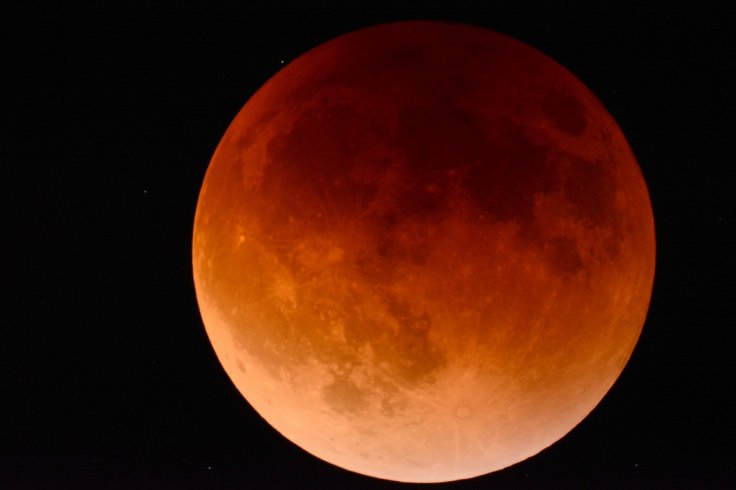Blood Moon 2022, the second total lunar eclipse of the year, is only a few days away, and people from various parts of the world can watch it partially or entirely. Some areas where individuals can at least see the eclipse partially include Asia, Australia, North America, East Europe, the Indian Ocean, Antarctica, South America, North Europe, Pacific, Atlantic, and Arctic regions.
If the sky is clear, the lunar eclipse can be visible from any part of the night side. It will be evident in some regions, but people in other locations can only watch the moon rise or set during the eclipse. It is also worth noting that this is this year's fourth and final eclipse. The next total lunar eclipse, which will show the moon turning red, will occur in March 2025.
Where to Watch?
The complete lunar eclipse of this year will take place on Tuesday, November 8, 2022. The total duration of the eclipse, which can be safely viewed without any special equipment, is 85 minutes. But what will be visible during this event depends on the region from where it is seen. People from North America and parts of South America, Asia, Australia, and New Zealand could get a chance to watch the moon turning reddish-copper color.
Although the event can be viewed without special equipment, a telescope or a binocular could enhance the view and the red color. The best viewing condition is to find a location away from bright lights and a place with a dark environment.

The regions where the partial lunar eclipse will be visible include south and central Asia, parts of South America, and Russia. People in the Middle East, northern Scandinavia, Argentina, and Brazil will get to watch the penumbral lunar eclipse - it is the time when the moon is visible in a lighter penumbral shadow from the Earth.
How to Watch?
The partial lunar eclipse will begin on Tuesday at 4.44 am EST (8.44 am GMT). The moon turns red at 5.17 am EST (9.17 am GMT), and the event will end at 6.42 am EST (10.42 am GMT). The eclipse will be partially visible until 8.05 am EST (12.05 pm GMT). During the eclipse, Uranus could be visible near the moon. People in parts of Asia, like Hong Kong, might get a chance to see the seventh planet behind the moon during the partial eclipse.
People who cannot go out to watch the last lunar eclipse of this year can enjoy the event through various live-streaming services, which could begin an hour before the partial eclipse. Some YouTube channels will stream the event live with the host and provide a telescopic view of the event to its viewers. Astronomical science and education services the Virtual Telescope Project, TimeandDate.com, and Lowell Observatory YouTube Channel are some platforms providing live streaming services of the eclipse.









